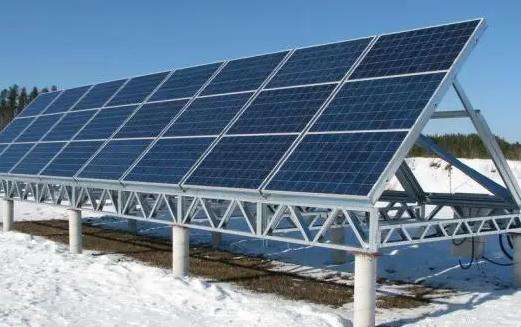Theoretically, “unused land” and most “building land” can be used as sites for photovoltaic projects, and a small part of “agricultural land” can be developed in the form of agricultural and photovoltaic supplementation.
1. For the occupation of unused land, it is divided into land use that does not occupy land and land for permanent construction. Firstly, for photovoltaic power generation projects that use unused land such as Gobi, desert and grassland, the part of the land that does not occupy the land or change the shape of the surface can be identified as the original land type, and the land use will not need to be changed. During the annual land change survey, markings are to be made at that time, the land can be acquired by lease etc., both parties have signed an india agreementmnization and use of the land must be reported to the local county. to the Department of Lands and Resources for registration. This mainly concerns land used for photovoltaic panels, which can be managed according to the original purpose of unused land, and it is not necessary to go through the procedures for converting unused land into building land. Second, for photovoltaic power generation projects that use unused land such as Gobi, deserts and grasslands, the permanent part of the construction project must be treated as building land in accordance with the law. These mainly include land used for substations and operations management centers and land used for the foundations of pylons in electricity collection lines. This part of the land must be converted from unused land into building land in accordance with thelaw.
2. For those occupying agricultural land, it is stipulated that all parts of the land must be managed as building land. In other words, photovoltaic power generation projects that occupy agricultural land, whether used for photovoltaic panels, substations, operations management centers or electricity collection lines, must be managed as building land in accordance with applicable land management laws and regulations. This involves processing procedures for collective land expropriation and conversion of agricultural land, as well as procedures for providing state-owned building land, which are no different from traditional building land.
If you occupy agricultural land to install photovoltaic power generation, you need to pay money, otherwise farmers will not agree on the mountBefore the subsidy required per mu, different regions have different subsidy standards. Currently, when installing photovoltaic power generation, it is not allowed to occupy cultivated land. Planning for photovoltaic energy production must be in accordance with the overall land use plan and other relevant plans. If unused land can be used, agricultural land should not be occupied; bad land can be used, good land must not be occupied. It is prohibited to occupy permanent basic agricultural land in any way.
This also confirms that in general, the land that can be occupied for photovoltaic energy production is relatively poor and that the subsidies granted will naturally be lower. In addition, land currently occupied by photovoltaic installations is generallyrented, and the land will not be directly acquired. After all, the appearance of the land will not be changed, and it can later be transformed into cultivated land. Therefore, the subsidy money mainly goes towards rent.
The current rent per acre of land in some areas is around 450 yuan. This standard is completely acceptable. After all, it's just bad land, most of which is abandoned and used. photovoltaic energy production. The best thing is that you can also get rent, which is more expensive than renting good land to others for farming. Therefore, if the unit rents photovoltaic power generation, it can be rented if the price is suitable.














